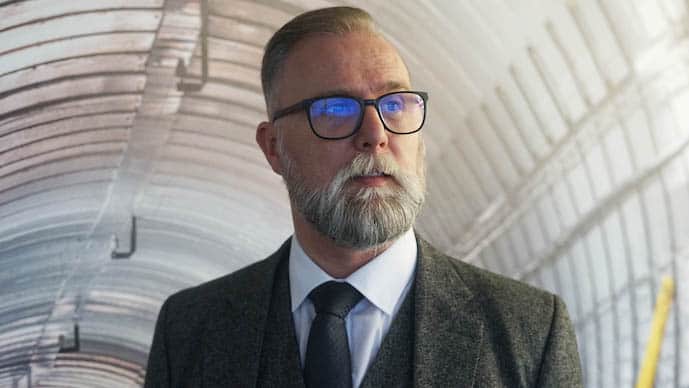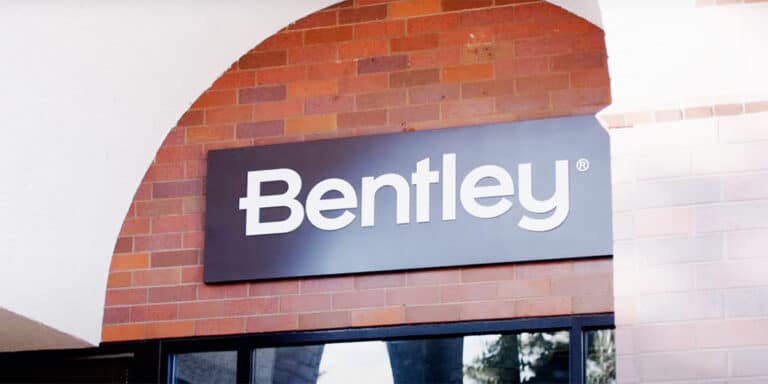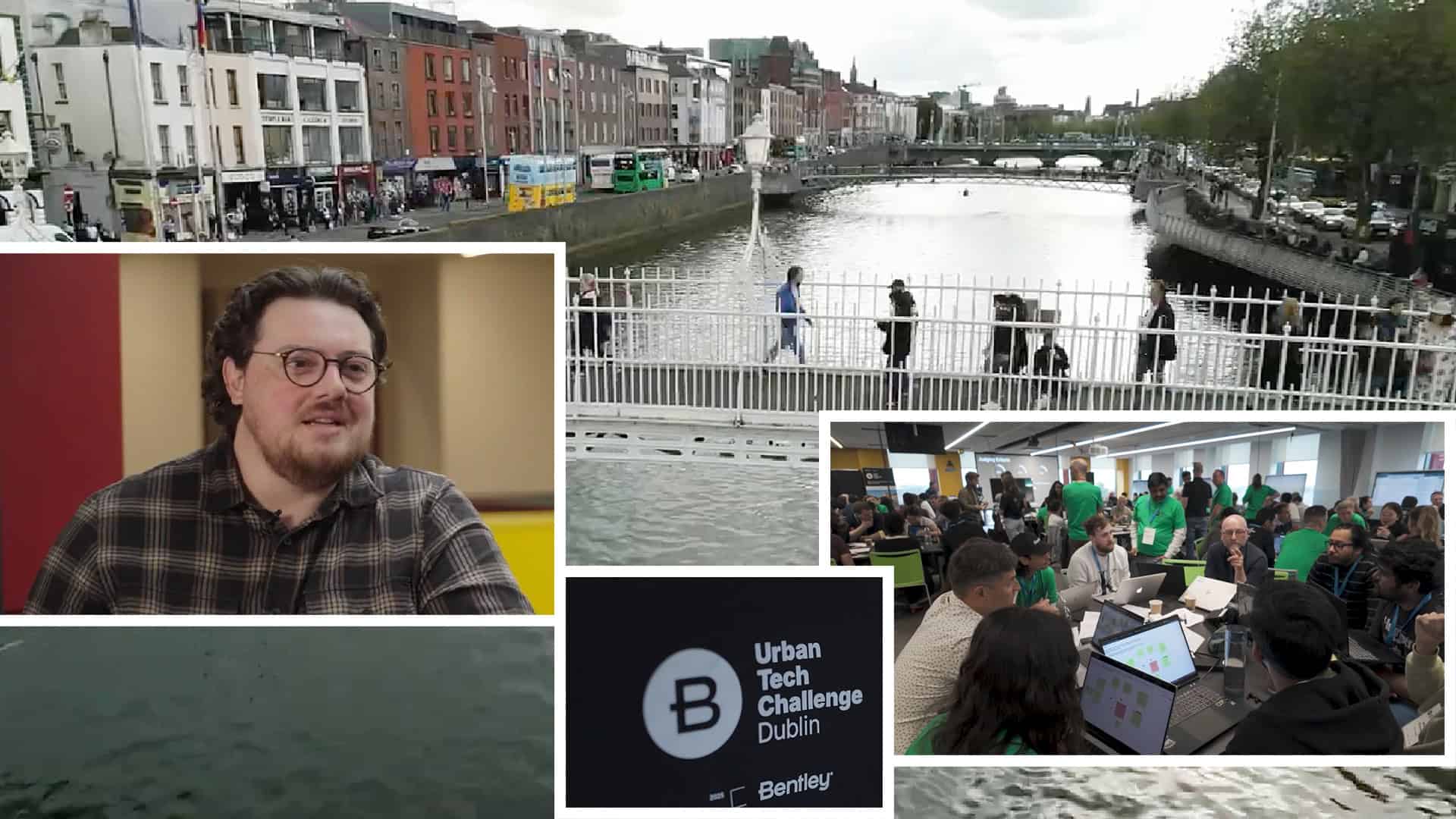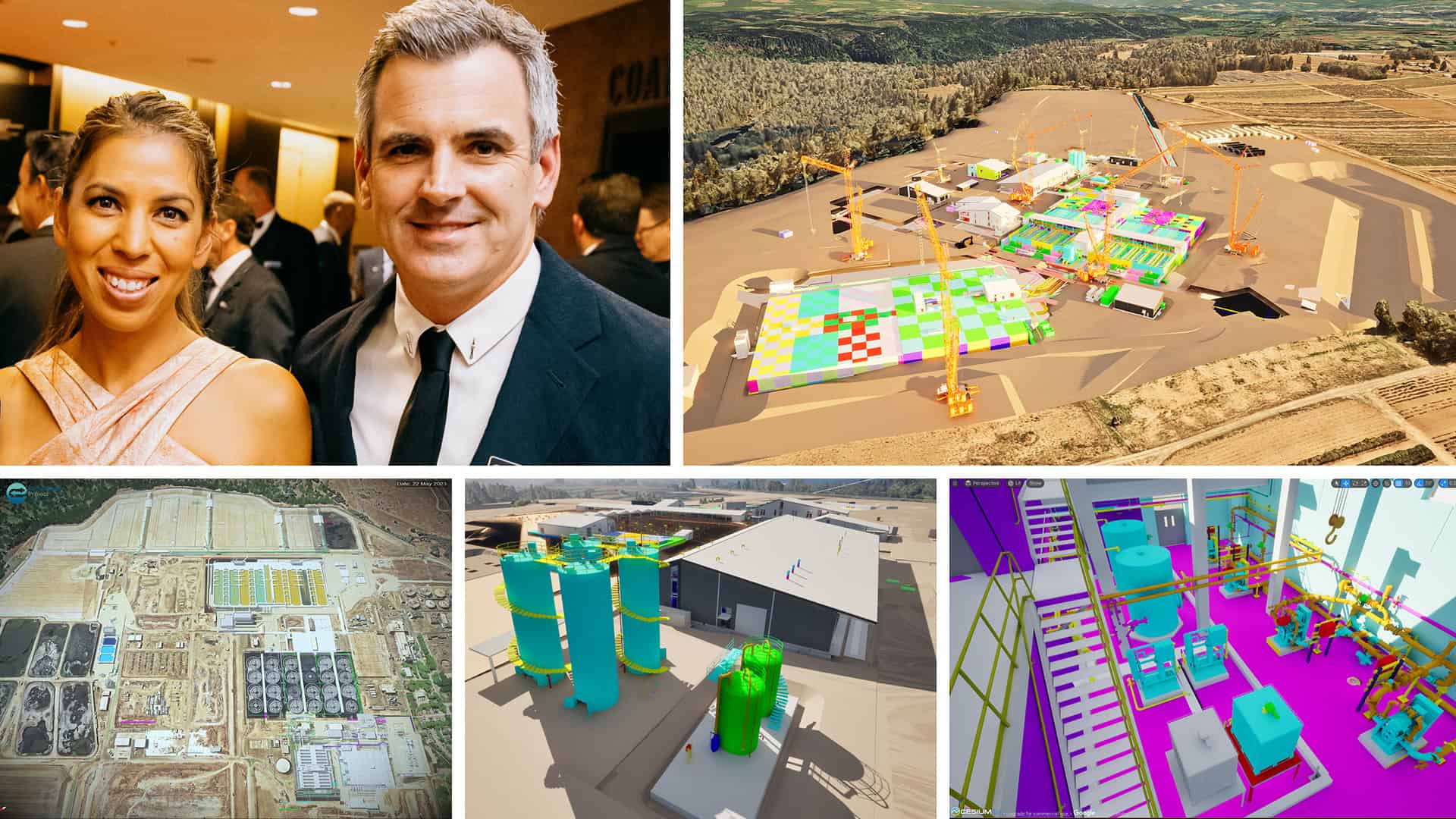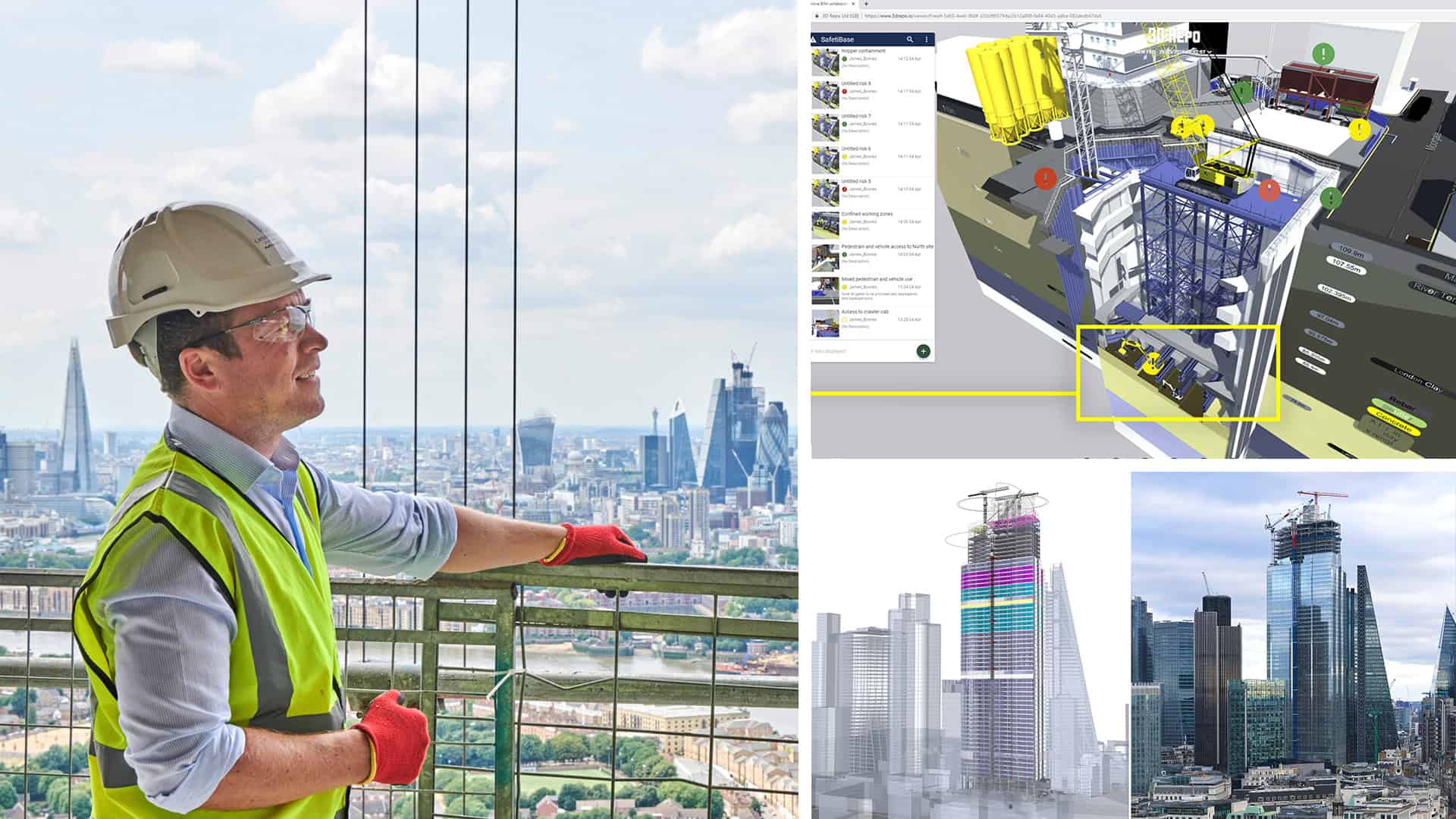I love my adopted City of London. English poet John Davidson described it far better than I can in the final verse of his poem ‘London’, written over 125 years ago:
The parks, the squares, the thoroughfares,
The million-peopled lanes and alleys,
An ever-muttering prisoned storm,
The heart of London beating warm.
It’s big, beautiful, vibrant, diverse, noisy, chaotic, old, new, and ever-changing. It’s alive. It’s no surprise the poets turn to metaphors of beating hearts and storms. My mind goes to the English red rose blooming & fading, blooming & fading, every year through centuries of economic booms and recessions, wars and famines, wild population swings, and the constant changes bought by industry and technology.
And the change is not slowing down for London with the Brexit referendum impacting development plans, and the COVID pandemic lockdowns initially creating a deserted inner city, and now a very real demand for returning to ‘the office’ in central London.
Decision Makers Aligned in Backing Major Projects
With all this change and complexity, it warms my own heart that those responsible for the strategic governance of the city are united in placing big bets on major infrastructure in the heart of London to stimulate economic growth. Digital technology is playing a critical role in designing and enabling the delivery of many (67 at last count) major infrastructure projects that will create a more prosperous, inclusive, and sustainable London.
The governance of London can be fairly described as complex with some 33 Borough Councils, the Greater London Authority, the London Assembly, and two mayors! Yes, the elected one we see on the news and another to govern the ‘Square Mile’.
The Square Mile is the commercial heart of the city. It’s like a City within the City. It has the highest density of businesses in Greater London, generates the highest GVA (Gross Value Added), has the highest ROI (Return on Investment) of any area in London, and has the greatest impact on the skyline.
But the commitment to upgrading Central London’s essential infrastructure is not merely rebuilding (that’s when you knock something down and build something new in its place). It is being undertaken in a manner that is respectful of the City’s past, the planet, and the people who live and work in it – including me.
Respectful Rejuvenation
Yes, this is personal. I can look at a 400-year-old painting of London and recognize the river, the parks, the churches, and still have a sense of it being the same city it is today. I still feel extremely connected to London, especially when I look back at pictures of my father from his time stationed at Wellington Barracks in the 1960s and 1970s. But whether you look back 54 or 400 years, we see massive infrastructure changes to meet changing energy needs, sanitation, transportation, communication, commerce, and recreation. It’s the same looking forward. And here lies the tension.
We need to revitalize central London’s infrastructure for a more prosperous, inclusive, and sustainable City, and we must do it with the deepest of respect. Respect for the past, so that the heritage, historical, and cultural markers are identified, mapped, and digitally preserved. Respect for the planet with prioritized re-use of existing materials, repurposing of structures, and incorporation of some existing elements into the rejuvenated designs. And respect for the people who want a character-filled, vibrant city with infrastructure that keeps its heart beating warm well into the centuries ahead. Digital technology allows for this approach.
To me, the following examples demonstrate how the city is respectfully rejuvenating its infrastructure with projects that run below, through, and above Central London.
Thames Tideway: Rejuvenating a Victorian-Era Sewer System
The history books are not kind to Victorian London’s water and waste infrastructure overseers. ‘The Great Stink of London’ describes a period in the mid-1800s when the sewer system overflowed into the Thames River during heavy rainfall creating pollution and causing many deaths due to cholera outbreaks.
The Thames Tideway project, due for completion in 2025, is a massive rejuvenation of the primary infrastructure of London’s sewer system. The 25km of tunnels, most large enough to drive busses through, are constructed between 25-80m below ground and meander sub-parallel to the Thames River. If you are on the Thames River using the Clipper network, the Tideway project tunnels are below you for almost all of the 24 stopping points (piers). That’s a seriously complex network of interconnected tunnels, pumping stations, treatment systems, and access points that must pass through a myriad of other, unrelated infrastructure e.g., transport, energy, and communications.
An interoperable suite of Bentley Systems’ products managed the complexity and collaboration across 12 design disciplines for the entire project lifecycle (conception, design, construction, commissioning, operations, maintenance, and future enhancements). ProjectWise was used to store and manage all project information, automate key workflows, and enable greater transparency, speed, and flexibility. SYNCHRO 4D underpinned collaborative planning and digital construction management for multiple subcontractors working together in highly congested sites. The connected suite of software enabled multi-disciplinary site teams to easily access, view, and interrogate the models to resolve potential clashes in concurrent works enabling efficient, safe, and respectful construction.
This example of a big bet on revitalizing London’s infrastructure is positioned to pay out big time regarding the ecological health of the Thames River for decades to come.
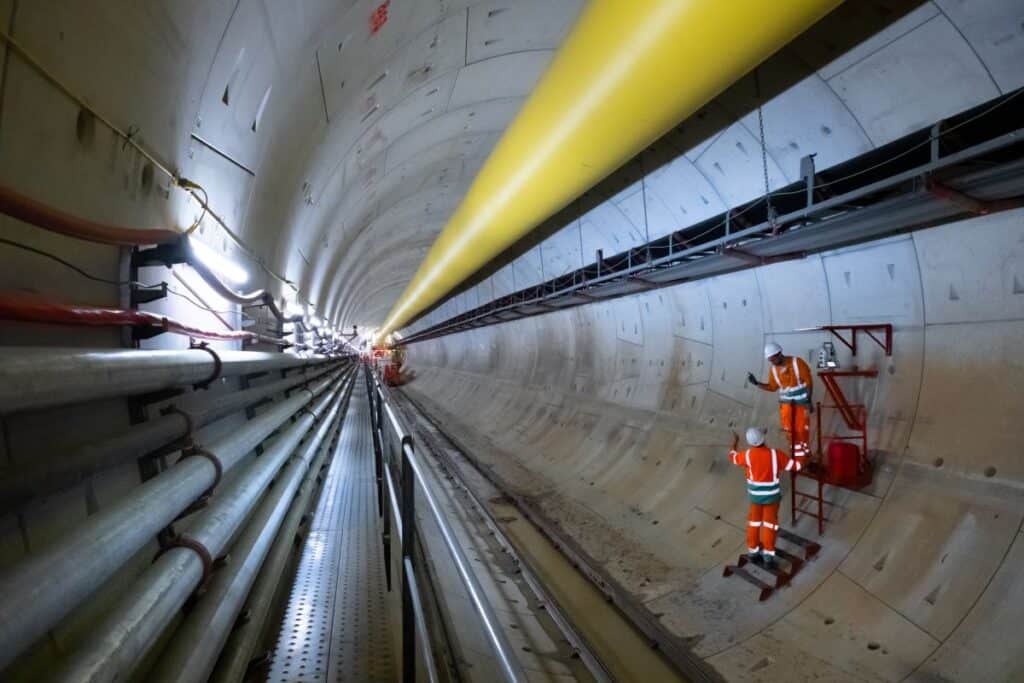
8 Bishopsgate: Home to Bentley Systems’ UK Flagship Office
I can happily and proudly say that my new office, the Bentley Systems’ UK flagship office, is in the heart of Central London at 8 Bishopsgate, the most sustainable tall commercial building in the UK.
From the outset, the design and construction of 8 Bishopsgate sought to optimize material efficiency. Framing was designed to use 25% less steel than a typical tower of this size, and an innovative raft foundation saves some 3,000m3 of concrete. Those two innovations save 5,300 tonnes of CO2. The tower
The site is powered by sustainable and smart technologies, with an AI-integrated analytics platform, tailored to the needs of each business, capturing, and analyzing energy performance. Urban planting throughout the building boosts biodiversity, and there are numerous innovative ways of reusing water use. The building was given an EPC (Energy Performance Certificate) rating of ‘A’, as well as being the tallest structure in the UK to achieve a BREEAM (Building Research Establishment Environmental Assessment Method) ‘Outstanding’ rating.
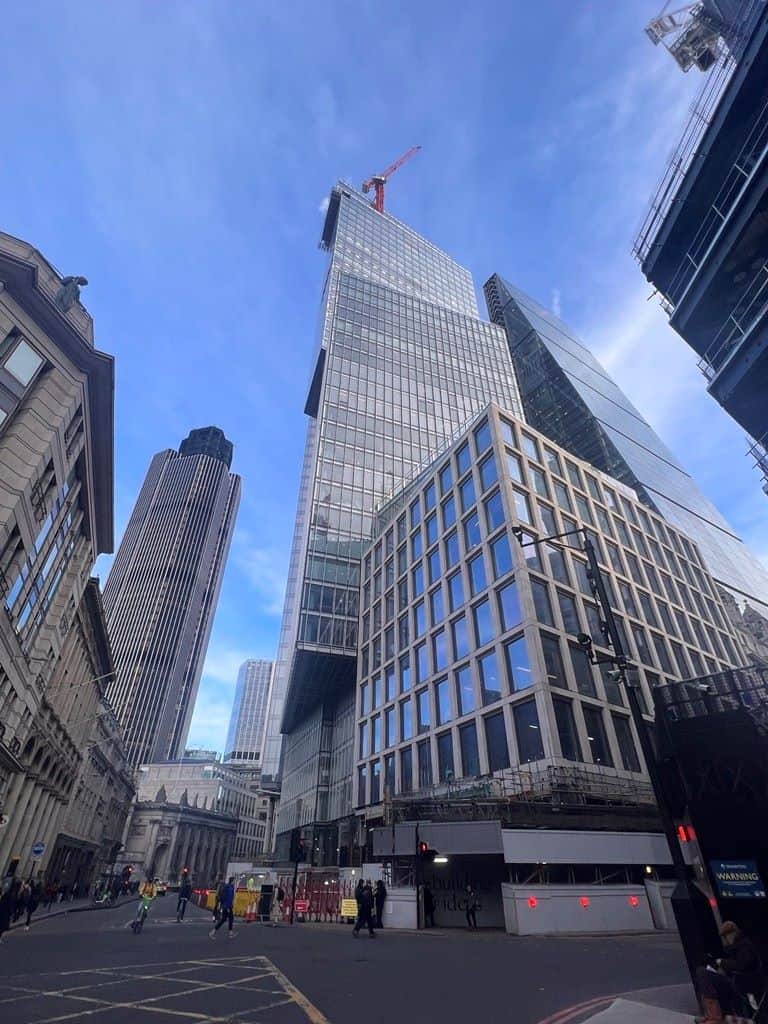
Bentley’s SYNCHRO 4D was used to streamline the construction planning of this brand-new, 50-story tower. In addition to respect for the planet, the design respects the context of the city ‘cluster’, moderated by the constraints of the London View Management Framework, which does not allow any new building to impinge into the ‘skyspace’ around significant landmarks.
Located on the 43rd floor of 8 Bishopsgate, our new Bentley UK office is designed to spark innovative thinking in our work helping the infrastructure engineering community solve some of the world’s greatest challenges. You can join Bentley Chief Executive Officer Nicholas Cumins on a video tour of our new office here.
Crossrail: Delivering London’s New Elizabeth Line
Opened in 2022 as the Elizabeth Line, also known as Crossrail, is a major London railway project that is 118 kilometers long and required 42km of new tunnels making it one of the longest and most significant infrastructure projects in Europe. Crossrail was one of London’s most complex infrastructure revitalization projects running right through the City. It’s also a project I was privileged to be deeply involved with.
To get a sense of its significance you only need to look at London’s iconic underground map (in my view a wonderful piece of contemporary art) and see the new purple double lines running the full width of the map. Of the 41 stations on the line, 31 were existing and we had to integrate the new line and associated infrastructure with minimal disruption to other services. Ten newly constructed, state-of-the-art stations complete the line.
Software used to bring this project to life includes Bentley System’s ProjectWise, the central platform for the Crossrail project that allowed all contractors to manage, share, and distribute digital project information. AssetWise extended the digital management to include asset performance monitoring, prediction & prevention of asset failures, and maintenance optimization throughout the entire asset lifecycle.
The Elizabeth Line is exceeding total forecast passenger numbers with 150 million in its first year (after a few Covid-related impacts) and remarkably, in the UK, one train trip in six is now on the Elizabeth Line. To be fair, the Covid pandemic did add time and cost to the project, as did complications integrating old and new signaling systems. Those of us who have been around for a while know well that progress, particularly concerning the delivery of major infrastructure projects, is often accompanied by a few steps back along the way.
Equally exciting to me as the strong ridership on the Elizabeth Line, is that experienced practitioners from Crossrail are now transferring knowledge gained from their experience to other projects to help lift project efficiencies across the sector. A case-in-point is the Cross-River project in Brisbane, Australia, a 10 km section of rail under the Brisbane River which includes 6 new stations, and upgrades to another 6 existing stations. The parallels are clear. These infrastructure projects pair the deep expertise, and continuous learning of infrastructure professionals with cutting-edge digital technology to help ensure efficient and effective outcomes.
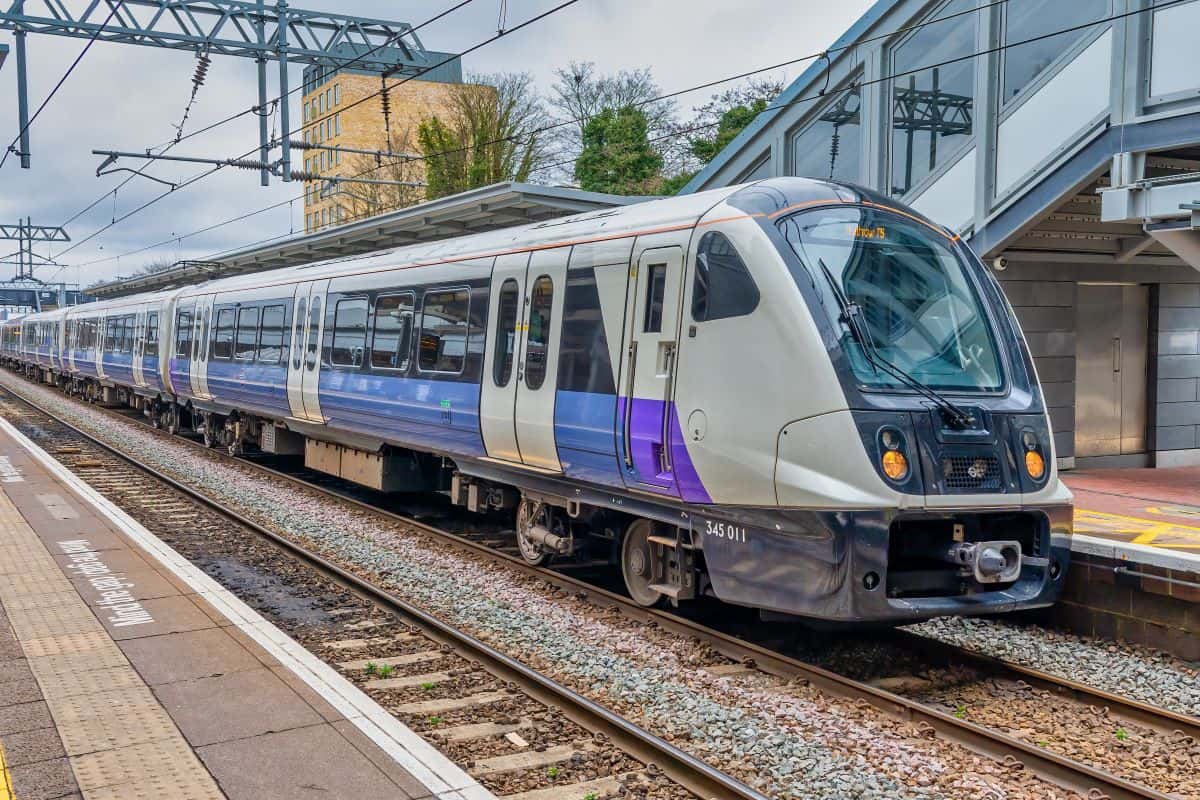
Paying Out on the Big Bet
The heart of London is beating warm with step-changes in infrastructure being delivered while we enhance the history, culture, and character of this grand City. I wouldn’t have it any other way.
With the help of cutting-edge digital technologies, the revitalization of central London’s infrastructure is being delivered with genuine respect to every element of the past, to the planet, and to the people of this remarkable city. In my view, the bold decisions by city leaders placing big bets on infrastructure will realize big payouts in the years ahead.
